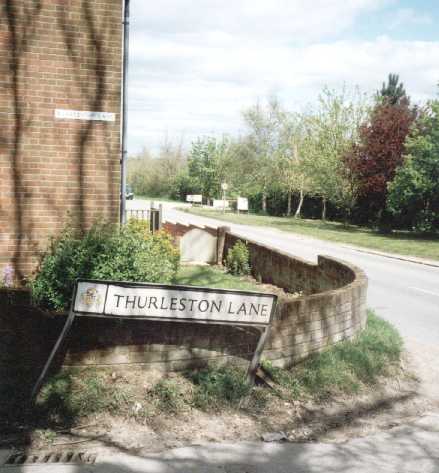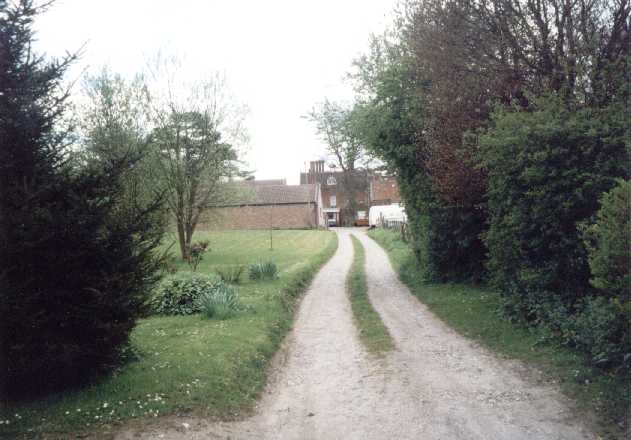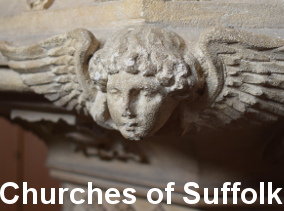| |
Even more fascinating than the
buildings are the people who inhabit the past of any
Suffolk parish. One of the great characters of the 19th
Century here was Father George Drury, an early
Anglo-catholic in extremis, the Rector of Claydon, Akenham and Thurleston in the 1850s and 1860s.
| Drury is best known for his
part in the Akenham Burial Case, an incident that
caught the public imagination and led to national
upheaval. You can read
about this scandal on the entry for Akenham, and you can read about Drury's other
exotic behaviours on the entry for Claydon.
Thurleston was also part of the
Drury stable, but was a mount of quite different
temperament. The church had fallen into disrepair
just before the Reformation, when its patronal
Priory of St Peter and St Paul fell victim to
Cardinal Wolsey's plans in 1528.
Disrepair became disuse, and,
as the centuries passed, decay.
To extend the earlier metaphor,
there was no high horse for firm Father George to
ride here.
Any Anglicans in the parish,
and if any existed they were few and far between,
walked across a couple of fields to the village
of Whitton; if they were enthusiasts, they might
have climbed the hill to Akenham.
However, in common with several
of the villages around here, most of them hitched
a ride on their masters' carts to the
non-conformist chapels of Ipswich.
|
|

An echo
from the past. Henley Road continues unaware.
|

Road to
nowhere. St Botolph woz 'ere.
|
|
In 1867, the site was
levelled, and surviving masonry was taken away.
Some of it was used in the complete rebuilding of
Whitton
church, and some was
used to build a grotto on Drury's back garden.
Both Whitton
church and the grotto
survive today, but here, there is nothing to see. Thurleston, not to be confused with Thurston 20 miles away, does not even have the
dignity of a village sign these days. You head
down the narrow Thurleston Lane, off of the busy
Henley road, just beyond the edge of what is now
Ipswich's troubled Whitton estate. After about
fifty yards, a cluster of 19th century buildings
heralds the heart of the former hamlet. Up a
lane, we see Thurleston Hall, with its tall
chimneys.
Here was the church, where
Catholic priests ministered before the
Reformation, but which was made redundant by the
switch to congregational Anglican worship, for
where was the congregation in this tiny place? In
modern terms, the Reformation was an act of
corporate downsizing, and St Botolph would never
be used again.
|
St Botolph himself, of course, is a
Suffolk Saint, and is most closely associated with Iken. He is also associated with gateways, and there
is a sense here of being on the threshold of the town of
Ipswich, with its 150,000 people. Not far off, a tower
block rises above the massed houses, This is the school
which serves the Whitton estate. There must be many
people who daily attend it who do not even begin to
wonder why it is called Thurleston High School.
St Botolph,
Thurleston, was finally demolished in 1867. You can visit
its site on the edge of Ipswich by leaving the town
centre on Henley Road, and turning left into Thurleston
Lane after about three miles. The exact OS grid reference
for the site is 154482.
|
|
